Wrist pain and popping or clicking are common complaints. Generally, wrist injuries with popping can be due to overuse from activity or sport or trauma from a fall. The anatomy of the wrist is complex and consists of many bones, joints, tendons, and sprains. So, many structures can be damaged. What are the possible causes of wrist pain and popping, and how do we sort them out?
Common wrist pain and popping causes
Generally, the key to getting your wrist better is to find out why your wrist is popping and hurting. Usually, a specific diagnosis will help with choosing the proper treatment. We have listed our leading causes below, but there are also other causes.
Wrist sprain
A wrist sprain involves damage to a ligament. Ligaments connect the bones and provide stability. Often, damage to a ligament occurs after a fall onto the wrist.
Generally, symptoms of a wrist sprain include pain in the movement of the wrist, swelling in the wrist joint, and bruising or discolouration.
One of the more critical ligament sprains in the wrist is the scapholunate ligament. This ligament connects two important bones – the scaphoid and the lunate. A full tear of this scapholunate ligament leads to wrist instability, pain, and cracking. If this injury is not diagnosed early, early arthritis of the wrist joint can occur.
Wrist tendonitis
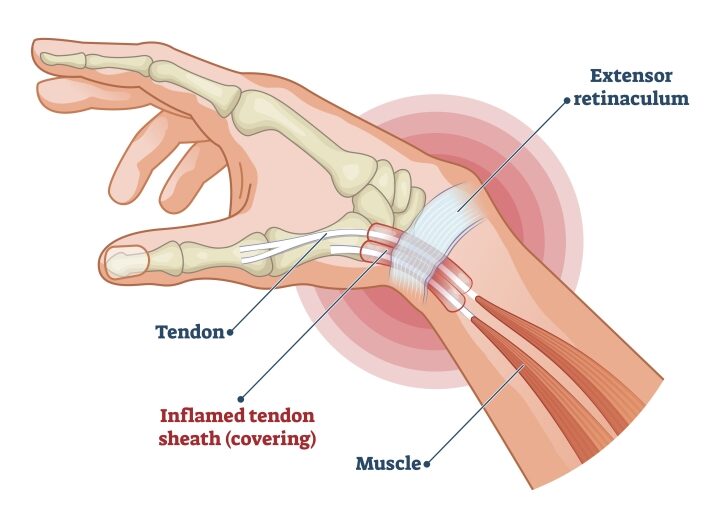
The wrist tendons connect the fingers to the muscles of the forearm. Overuse of the tendons leads to wrist pain and popping with wrist movement. The most common causes of wrist tendonitis include repetitive motion from machinery and certain sports such as tennis or golf.
A specific type of tendinitis affecting the thumb is De Quervain’s tenosynovitis. This condition causes pain and swelling at the base of the thumb and is common after childbirth or manual labour. Often, movement of the wrist is painful and can cause noise. Generally, we recommend combining hand therapy and medications or an ultrasound-guided cortisone injection.
Other wrist tendons that become inflamed include the ECU tendon on the outside of the wrist or the FCR tendon with co-existing STT joint arthritis. These tendon injuries are treated similarly to De Quervain’s tenosynovitis.
Wrist Arthritis
A few different types of arthritis can affect the wrist.
Firstly, osteoarthritis leads to a breakdown of the cartilage of the wrist joint. Secondly, rheumatoid arthritis is an immune system joint reaction leading to pain and swelling. Finally, in rare cases, gout – which primarily affects the lower limb – can also affect the wrist.
Generally, wrist arthritis causes pain and popping or cracking. Treatment of wrist arthritis includes hand therapy, topical medications, and occasional cortisone injections.
TFCC tear
The repetitive activity of the wrist can lead to a tear of the triangular fibrocartilage – which connects the distal ends of the two forearm bones. This injury leads to wrist pain and popping, usually affecting the outer part of the wrist. This condition is known as TFCC tear or wrist cartilage tear. Sometimes, a TFCC leads to distal radioulnar joint instability, which can lead to popping.
Treatment of a TFCC depends on whether it is due to trauma or overuse. In complete tears, a repair may be necessary. We suggest hand therapy, a brace, and a cortisone injection in overuse tears.
Ganglion cyst
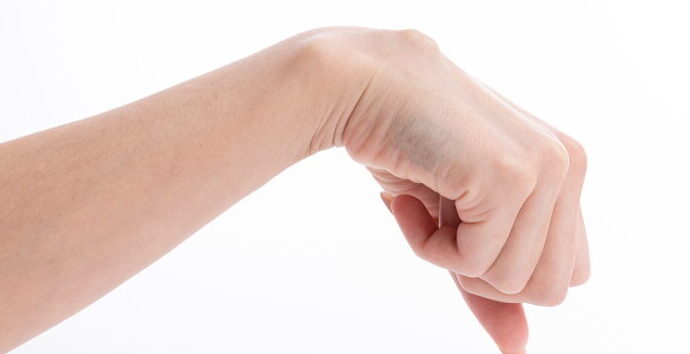
Ganglion cysts can form at the back or front of the wrist. These cysts come from degeneration in the joints or tendons.
Some of these cysts can grow in size, while others disappear with time. In general, treatment includes aspiration and injection or surgical removal. Sometimes, even after surgical excision, the cyst can come back. We think the recurrence rate is 25% for injections and 50% for surgery.
Diagnosis of wrist popping and pain causes
Generally, a full assessment is needed to confirm a diagnosis.
History of wrist popping and pain causes
Overall, it is essential to determine whether pain developed due to overuse or trauma. Also, you need to know where the pain is located and what makes it better or worse. Radial wrist pain has different causes than ulnar wrist pain.
Physical examination of wrist popping and pain causes
Doctors examine the wrist to find the most tender spot. Also, special tests are helpful to confirm or rule out causes. For example, Watson’s test is valid for a scapholunate ligament injury, and Finkelstein’s test is used for De Quervain’s tenosynovitis.
Wrist pain can be due to a trapped nerve in the wrist, such as carpal tunnel syndrome.
In addition, examining the elbow, shoulder, and neck above the wrist is vital to exclude referred pain.
Imaging of wrist popping and pain causes
Firstly, we start with an X-ray to diagnose arthritis or wrist instability. Then we move on to other imaging, such as an MRI scan, which can pick up soft tissue injuries such as cartilage damage or a ganglion, or ultrasound, which can diagnose a lump or look at the movements of the tendons in the wrist. Sometimes, we need to do all three images to find the cause.
Wrist pain location diagram
Click on the site of your pain to identify possible causes. Then click on the specific conditions to find out more:

Volar radial wrist pain
- Base of thumb arthritis
- De Quervain's tenosynovitis
- STT joint arthritis
- Wrist joint arthritis
- Scaphoid fracture
- Flexor Carpi radialis tendonitis
Dorsal radial wrist pain
- Scapholunate ganglion
- Scapholunate ligament injury
- Wrist arthritis
- Keinbock's disease
Dorsal ulnar wrist pain
Volar ulnar wrist pain
- Flexor carpi ulnaris tendonitis
- Wrist arthritis
- Hook of hamate fracture
Volar hand pain
- Trigger finger
- Carpal tunnel syndrome
- Dupuytren's contracture
Finger pain
- Finger joint arthritis
- Trigger finger
- A2 Pulley injury (Climber's finger)
- Flexor digit tendonitis
Thumb pain
Final word from sportdoctorlondon about wrist pain and popping causes
Wrist pain and cracking are complex and need a thorough clinical assessment. Getting a proper diagnosis is essential to make sure the treatment is correct.
Related conditions:
- Injection for wrist arthritis
- Injection for hand arthritis
- Wrist pain location diagram
- Scapholunate ligament tear
- Wrist cartilage tear
- Carpal tunnel syndrome
- Ganglion cysts
- De Quervain’s tendosynovitis
- ECU tendonitis



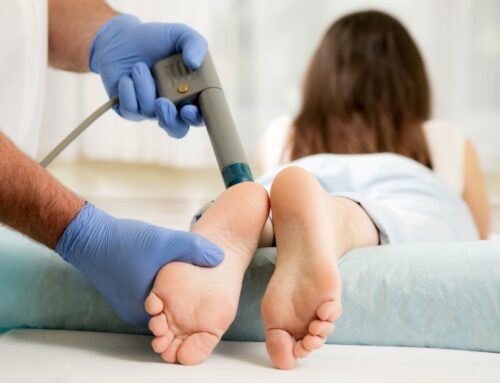
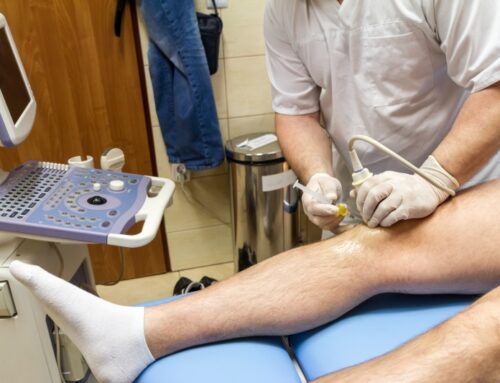
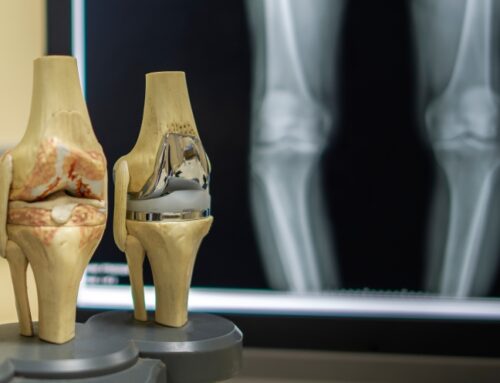


Very helpful article! Thank you!